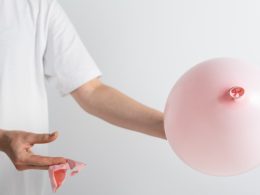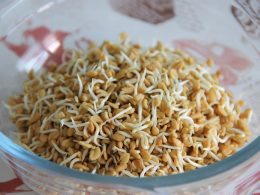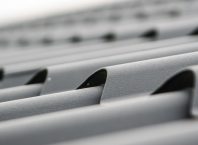Table of Contents
Every day we are becoming more aware of environmental issues we are facing, and how much we impact the Earth and environment. We should aim to find sustainable solutions and eco-friendly alternatives to the materials we are using, including our roofs and house-building materials.
By using energy-efficient materials when building roofs, you can save up to 30 percent of your energy costs. The roof affects the heating and cooling of your entire house, so using good materials can help you in reducing energy bills and carbon emissions. Below you will find options for eco-friendly roof materials.
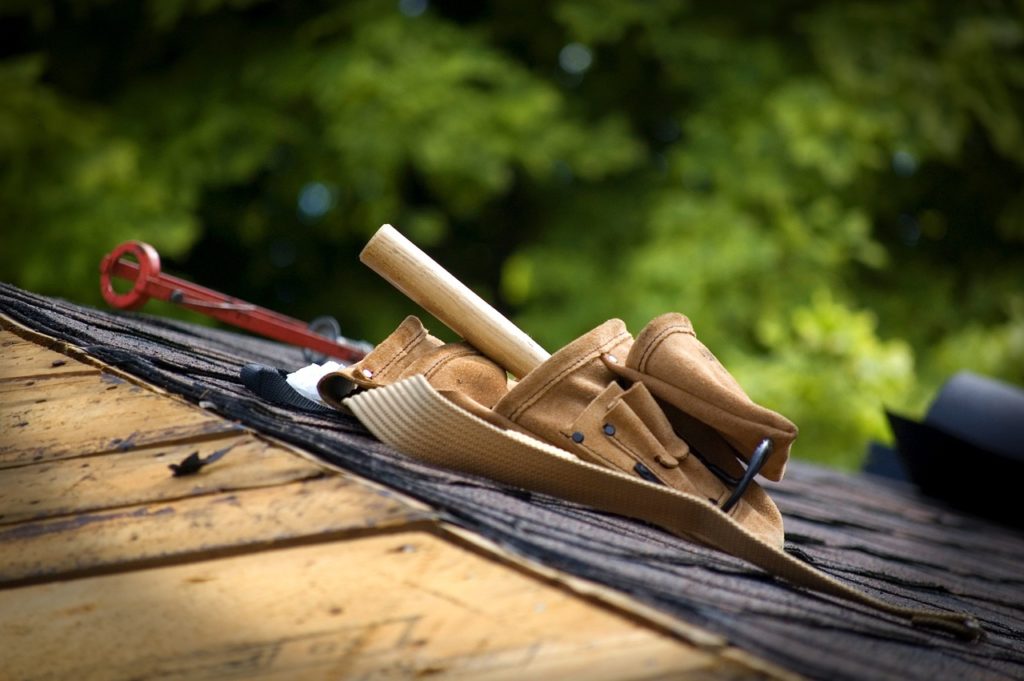
Cool roofs
When building an eco-friendly and cost-efficient house, you should consider the cool roof. They are lighter than normal roofs, which means it will deflect the sun’s rays. It will make your roof cooler, thus making your house lower temperature as well.
Having a light-colored roof will lower its temperature by 10 – 15 degrees Celsius. That can save a lot of energy and cost in your bills. You should also consider the climate you are in. Not every roof is appropriate and strong enough for every climate.
Metal roofs
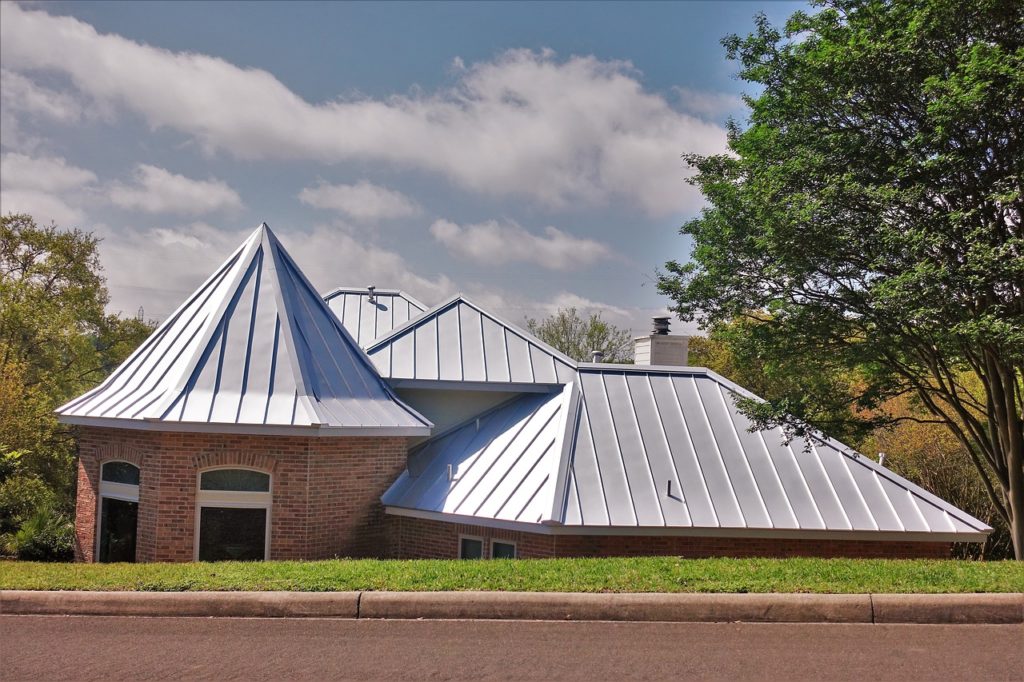
Metal roofs are recommended if you live in warmer climates. It may seem counterproductive, but metal roofs are very light, and they can be colored in lighter colors to help in reflecting the heat. Metal roofs are durable, light and they last a long time – even up to 50 years if they get the proper maintenance.
They are resistant to fire and insects, making them perfect for hot climates. They come in steel, aluminum, tin, copper and other metals. Copper is a premium metal, having resistance to harsh conditions, and it’s very light. If you live in warm climates, like Australia, looking into quality copper roof experts is the way to go. You will be energy-efficient while being eco-friendly.
Clay roofs
Clay tile roofs are excellent for warmer climates. They have great insulation properties and reflect the heat helping you save on electrical bills. During the winter, they trap heat making your house warmer. They are one of the strongest and durable types of roofs.
They last for many years and don’t need to be replaced. They are waterproof as well, making them great for climates with a lot of showers. Coating them in lighter colors will also reduce heat absorption.
Green roofs
Green roofs are becoming more and more popular, with new home-owners wanting to bring more nature to the urban areas. It can be difficult to install, as it needs structural support and much attention. It combines a garden with a roof, so it’s a great alternative if you don’t have a yard.
It’s very efficient in heat absorption, and during winter it acts as an insulator, trapping heat inside the house. Urban areas have a higher heat production, making this roof the perfect solution. You can also make a garden for relaxation, or grow fruits and vegetables, but be prepared to deal with garden pests.
Solar roofs
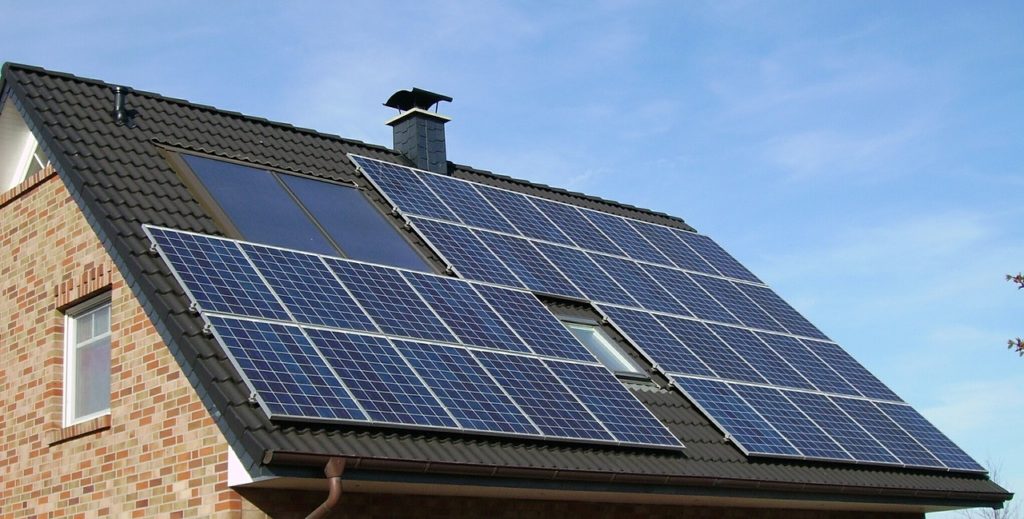
Solar roofs have been around for some time, and more home-owners are deciding to use them as roofing systems. Solar roofs come in solar panels that you have to install on your roof. They can be attached to the roof surface or on existing energy-efficient roofs, making up double energy efficiency.
They are able to capture light and convert it into electricity. You can use that electricity to power your whole house and heat up water. You can become fully independent of the electricity supply. The initial cost is very high but the fast returns make up for it.
Concrete roof
If you live in very cold and harsh climates, concrete roofs may be for you. The cement is mixed with fibers that make the roof more durable and to withstand snow accumulation. Then they are coated with enamels for better heat efficiency.
They require sturdy support as they are heavy. They can be shaped as tiles or shingles. Since they are heavier they can cost a bit more, but they are very sturdy and energy-efficient, and that makes up for the cost.
Sprayed on Foam roofs
Increasing the energy-efficiency of your home can also be done by coating your existing roof with polyurethane foam. It works best if you have a flat or low sloped roof. It helps in lowering energy consumption by insulating your roof.
The foam also filers the UV rays of the sun. If you are on a low budget, coating your roof costs less than replacing the entire roof. It’s light and doesn’t put a strain on your roof support. It has to be recoated every five to ten years.
Sustainable solutions and materials are becoming more common, and we have easier access to them than before. Because of these reasons, homeowners are choosing eco-friendly options for their homes and roofs.
You can save a lot of money in the future by saving on your electricity bills. Choosing eco-friendly is a great way to be more sustainable and make an improvement to the Earth.




